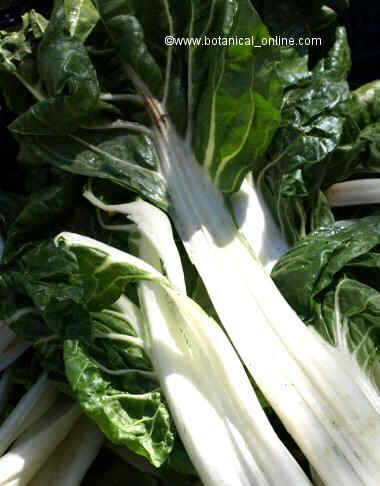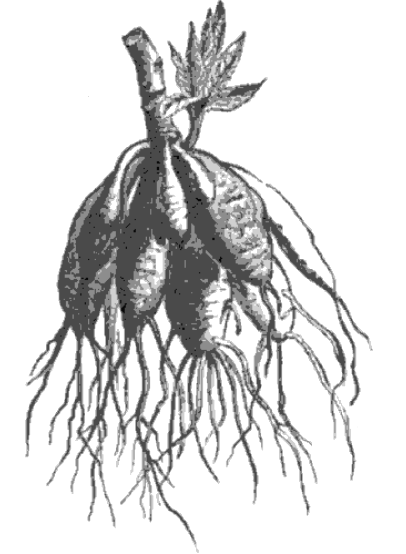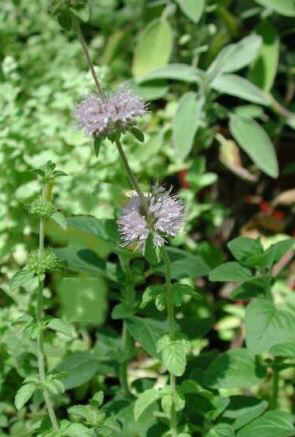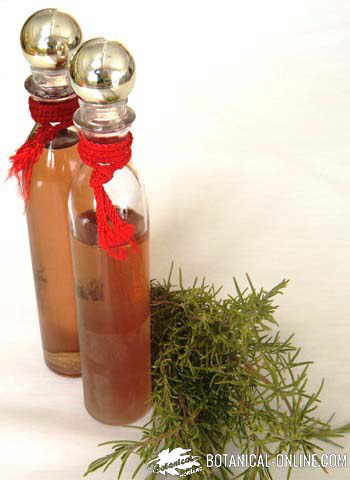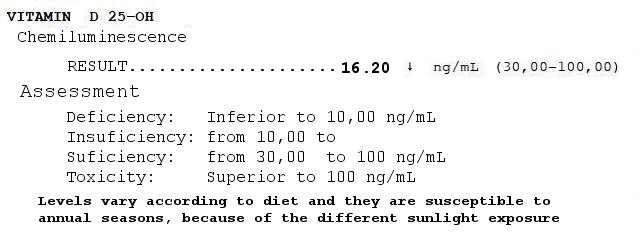Contents
DANGERS OF LIVERLEAF
Is liverleaf toxic?
Yes, liverleaf or liverwort (Anemone hepatica = Hepatica nobilis) is a toxic plant.
Its use as a medicinal plant is not recommended. It is also not an edible plant.
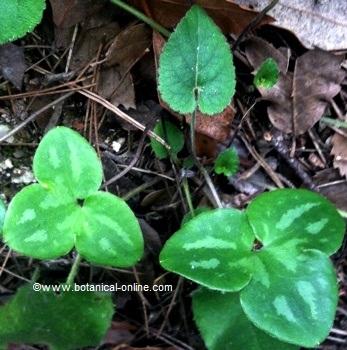
What toxic components does liverleaf have?
Liverleaf is a plant from the Ranunculaceae family. Like all plants belonging to this botanical family, it contains ranunculin, a glycoside that is broken down into the toxin protoanemonin by the enzyme ranunculase.
Chemically, ranunculin is a lactone of 4-hydroxy-2,4-pentadienoic acid.
This toxin is degraded into anemonin, a harmless substance, when the plant is dried. This is because protoanemonin comes into contact with the air, which converts it into anemonin.
The dried plant does not contain its toxic principles, since they are decomposed into innocuous substances. Liverleaf is only used dried. |
Toxic effects of liverleaf
- The fresh plant on the skin can cause dermatitis, rash, blisters and inflammation. The dried plant is used in remedies.
- Internal use can cause gingivitis, inflammation of the digestive tract, vomiting, colic pain, inflammation of the kidneys and urinary tract, vertigo and cramps. In high doses it can cause respiratory arrest and even death.
- Liverleaf has caused severe poisoning in grazing animals after they have ingested large quantities. Symptoms of poisoning include convulsions, muscle paralysis, respiratory failure, hypothermia, tremors, hypertension, internal bleeding, blindness and even death.
- Liverleaf changes the taste of cow’s milk, making it reddish and bitter.
- It is a toxic plant for horses, cows, goats, dogs and fish.
![]() More information on liverleaf
More information on liverleaf

